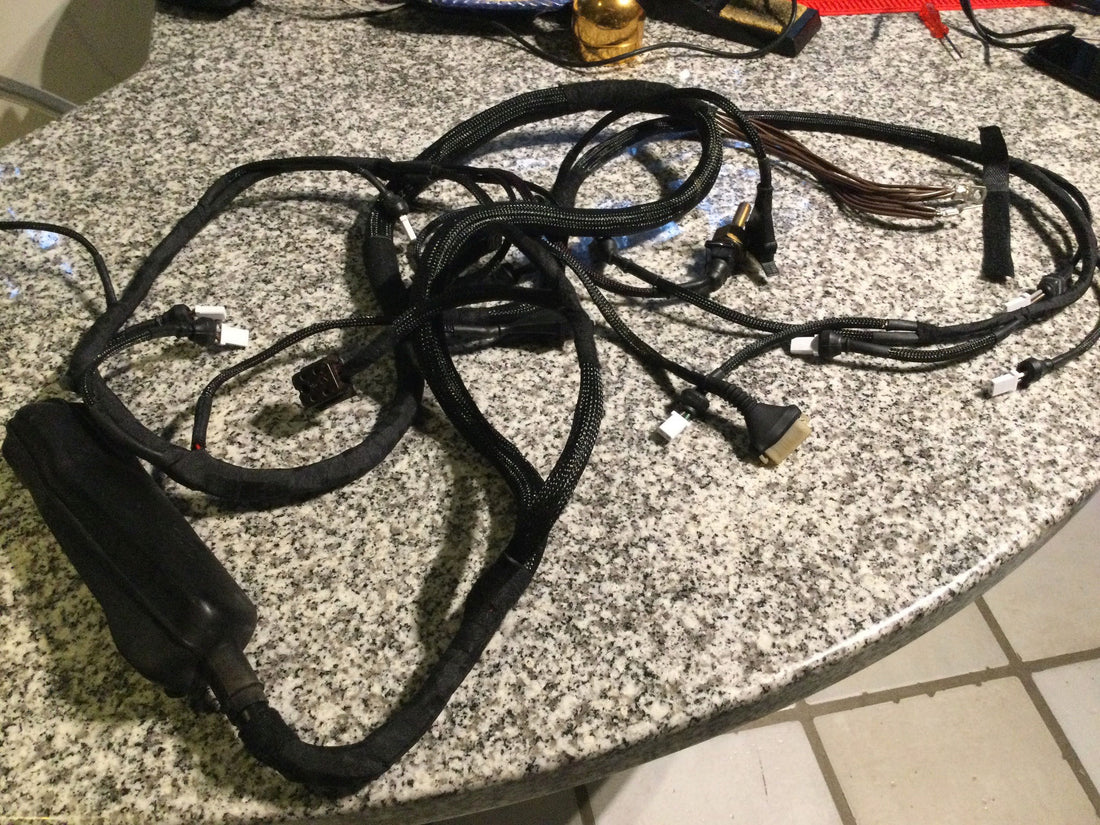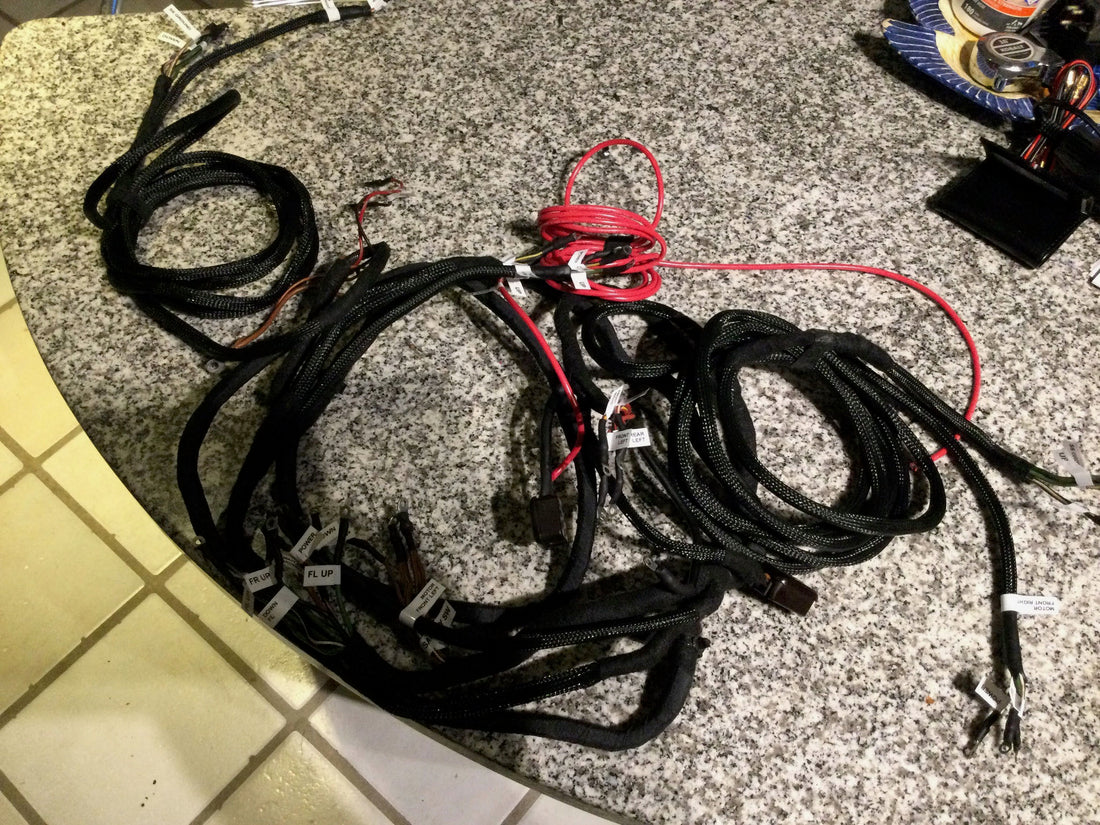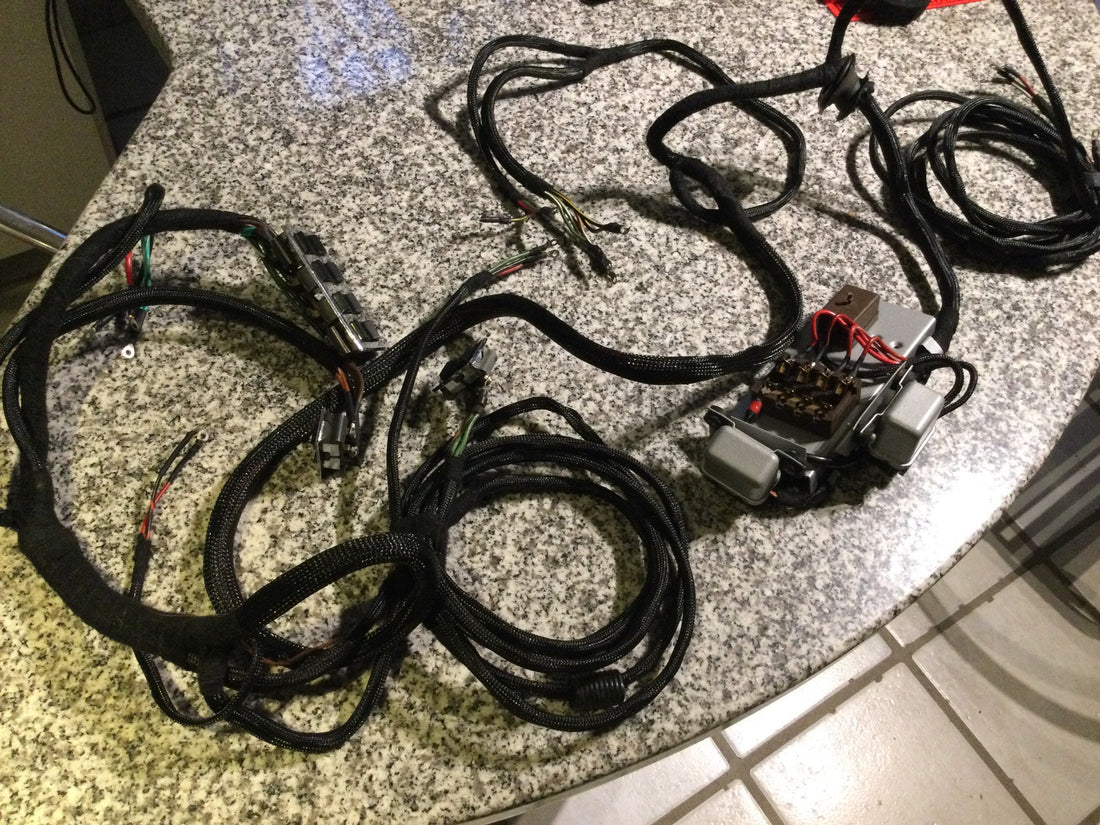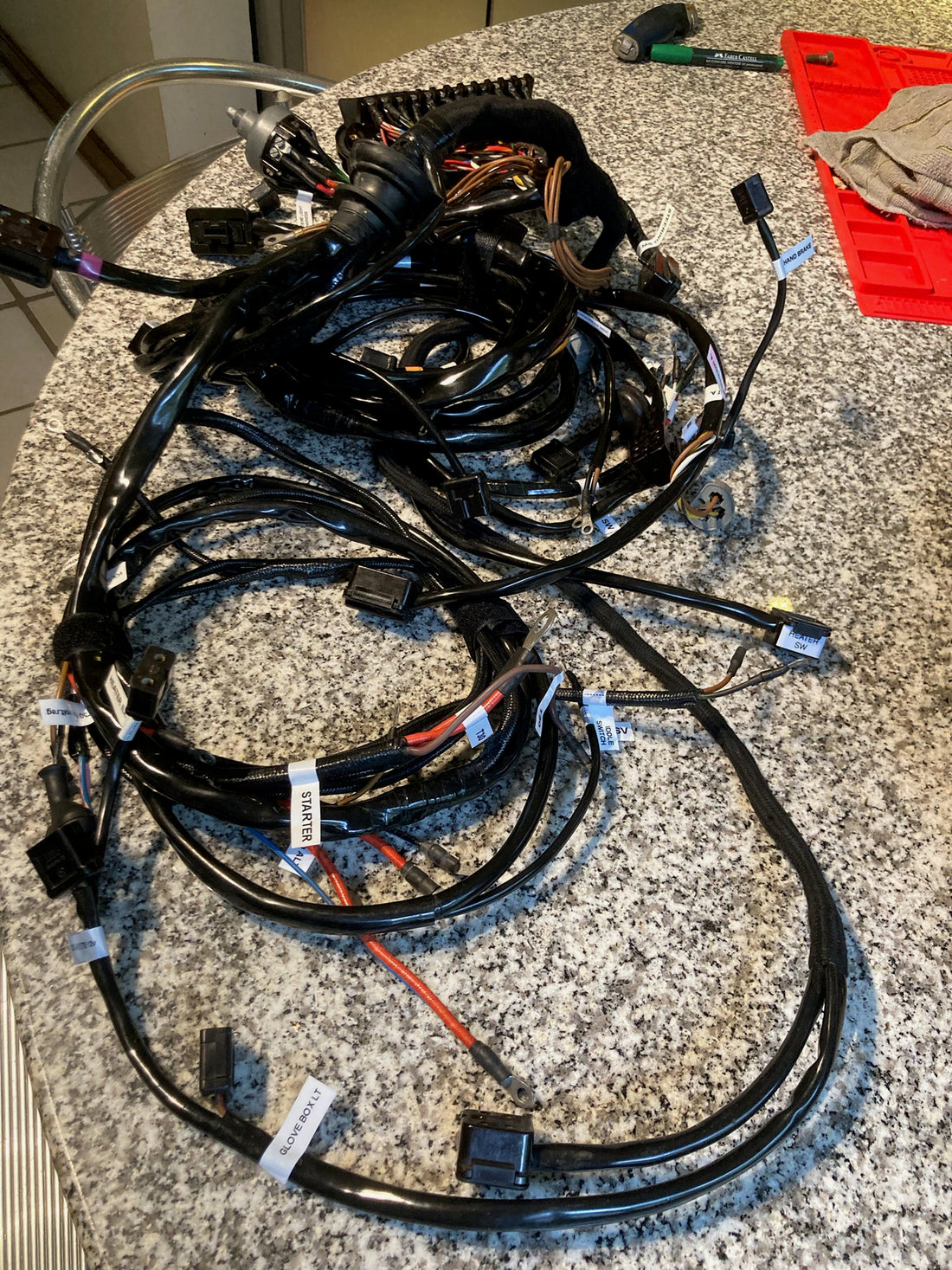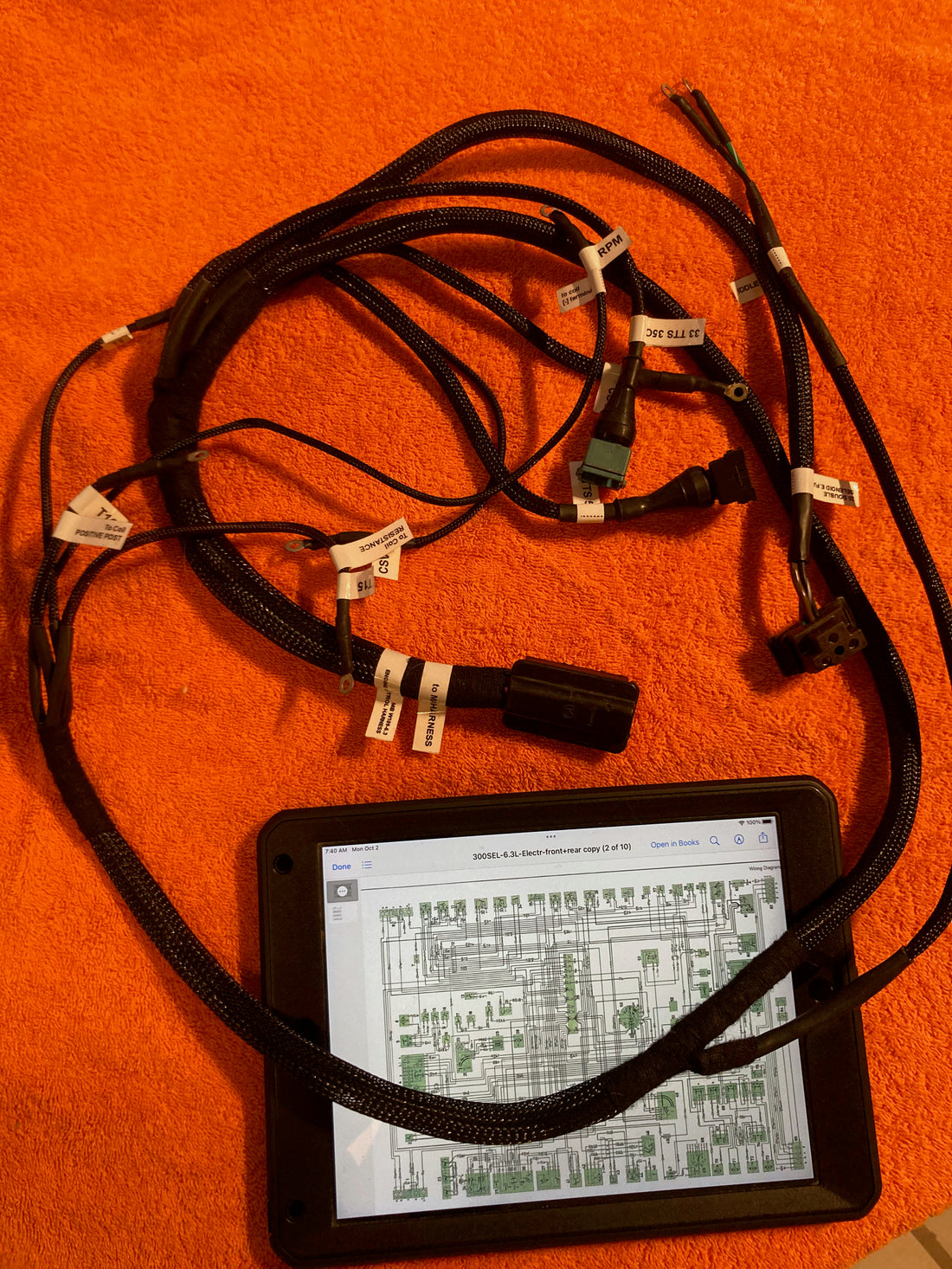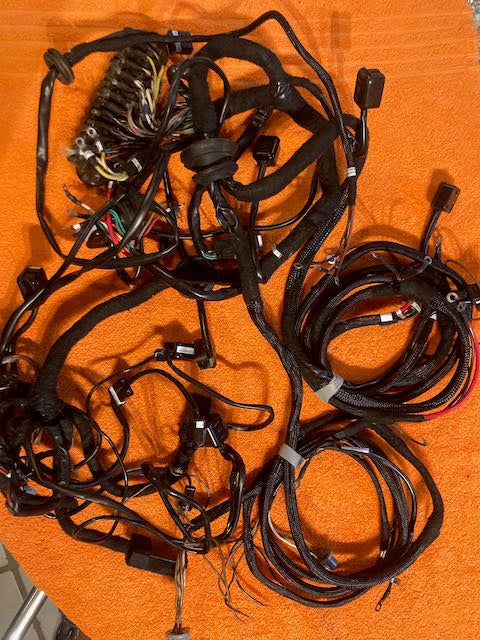
news

-
Restoration
CINDERELLA
As on any classic, the Mercedes Benz's engine gets a rebuilt from time to time to have it running perfectly. Its body receives a fresh coat of paint to look great. Electrical systems are no exception. They also suffer from aging. However, wiring harness is the most overlook system on a classic car, although it is responsible of many erratic behaviors that get the car owner frustrated. -
Cable insulation is the part of a classic car most prone to failure specially on always hot circuits. Mercedes used a kind of thermal resistant wire jacket built from a mixture of cotton and resins. This insulation gets cracked with time, and to notice the extend of the damage you have to remove all PVC tubing in the harness branches exposed to heat. The most common sign that insulation is compromised are frequent blown fuses, on those lines that have protection. For lines as T30 which are not fused, if you have frequent battery self-discharges episodes you can suspect that your main cable insulation is damaged at some extend.
-
There are some other cables that suffer a different damage, which is insulation softening. This is a very common problem on T50 lines that bring the cranking signal to starter. And finally, the most common cause of wiring harness malfunction is rodent's activity. If you observe any evidence of mice activity, please act over your electrical system immediately. They not only chew cables, but their urine and stool cause significant damage to any cable terminal, increasing resistance and producing random failures. Therefore, keep in mind that your classic car's electrical system also requires a complete restoration to be reliable and ensure that every ride is enjoyable.
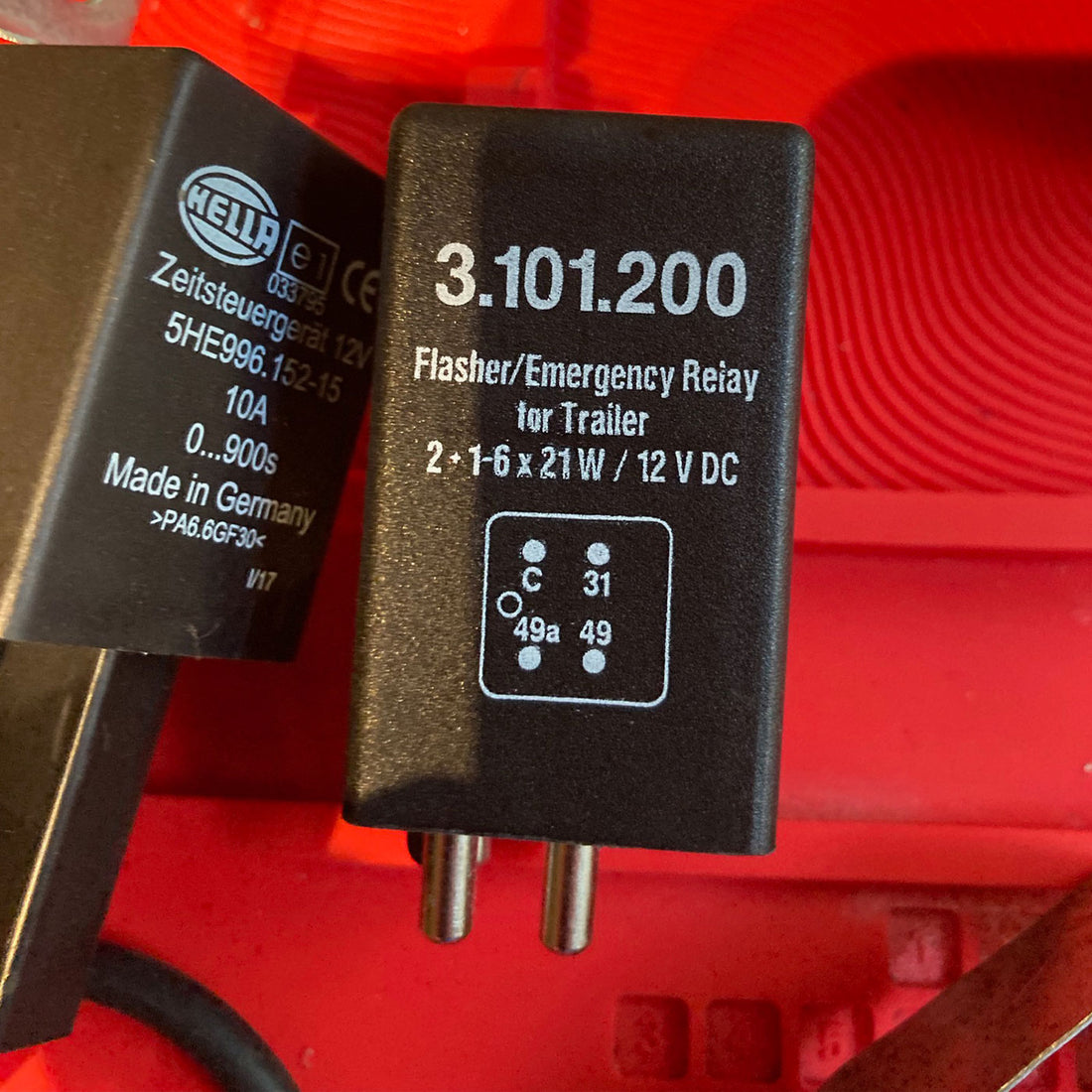
-
IN SEEK FOR ELECTRICAL RELIABILITY
For those who value reliability more than other factors on their loved Classic Mercedes Benz, there are some interesting modifications you can do, "tricking" for good their electrical system. -
Internally regulated alternator.
Modern alternators with internal regulation can be sourced almost everywhere, and they look alike the original one that came with your classic Mercedes. In addition to the availability factor - and therefore lower price tag than original classic ones, with external regulation - , components on these units are all new. Also, as they have fewer individual components, they are much less prone to failure; so, a very good hack for your loved Mercedes, will be to install a brand-new modern alternator. -
TTS.
Thermo time switch. This is a critical component on the cold start logic of every classic fuel injected Mercedes. This unit tells to the control relays for how much time and when to engage the cold start aids. Any Mercedes owner having difficulties when starting their cars should look at TTS. The original and brand-new ones with bimetallic internals and eyelet terminals are extremely difficult to source in the marketplace; even the used ones have rocket prices. Our suggestion is to go towards the solid-state TTS found on later Mercedes like W116 or W126, because both of them fit in classic models and cost little money, although they require minor changes on the loom terminals to work properly. -
Timed Relay.
There is a cylindrical relay with three prongs on any mechanical fuel injected Mercedes produced prior to 1968. This relay works in combination with a standard rectangle relay and the TTS to activate certain cold start aids during cranking. This part is very prone to failure. It is NLA and prices for good used units are top, although you have no certainty for how longer they will work consistently. Our advise, in this case, is to change them with a modern "Hella time off adjustable relay", which can be hidden inside the old relay cylindrical container if your worries for appearance are significant. Another solution is to completely change your cold start logic harness branches to resemble the ones being used on cars 1968 onwards which requires no timed relay. -
Turn signal Flasher.
Are you tired of looking at the changing pace of your old turning signals ? The culprit, on this case, is an exhaust “blinkergeber”. Go and change that old turn signal flasher for a modern electronic unit. The one used on W123 is a great choice, because it fits in your original connector, and just requires minor pin order rearrangement. These are the hacks we consider the most important to perform if your major concern is the reliability of your daily driver.
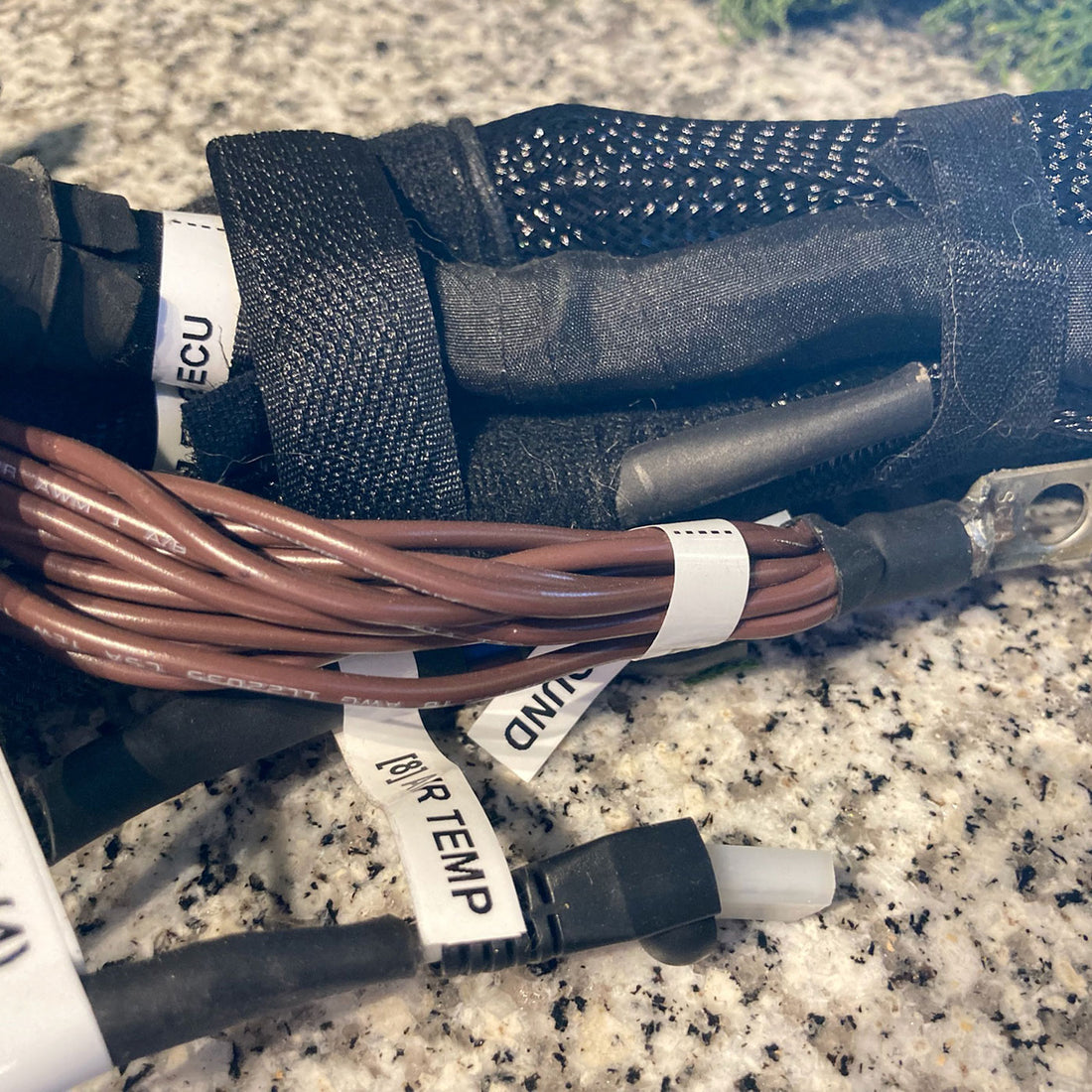
-
ALWAYS FORGOTTEN GROUNDS
Ground post and terminals are one of the most overlooked wiring harness elements and they can be related to most common malfunctions. Any DC accessory on your car needs a good positive polarity source as well as a ground to complete the circuit. -
As grounds are not directly connected to your battery negative post (because of weight saving measures), but instead connect through your car body, their good operation depends a lot on the cleanliness and absence of rust on post to car body and terminals. Your classic is no longer a youngster, but an engineering marvel with 50 years or more. Time passes, and the accumulation of contaminants (oil, paint, rust, and anything else -you name it) on grounding surfaces affect dramatically their performance.
-
If you observe dimmed lights, erratically fuel gauge behavior, among many other bugs, pay attention to your ground post/terminals. They might be the culprit. Disconnect them and polish with extreme care all contact surfaces. In order to mitigate rust formation over the surfaces you just polished, it is a good practice to apply a small amount of conductive carbon grease. This alone, will do marvel’s to keep your Oldtimer in tip top electrical condition.
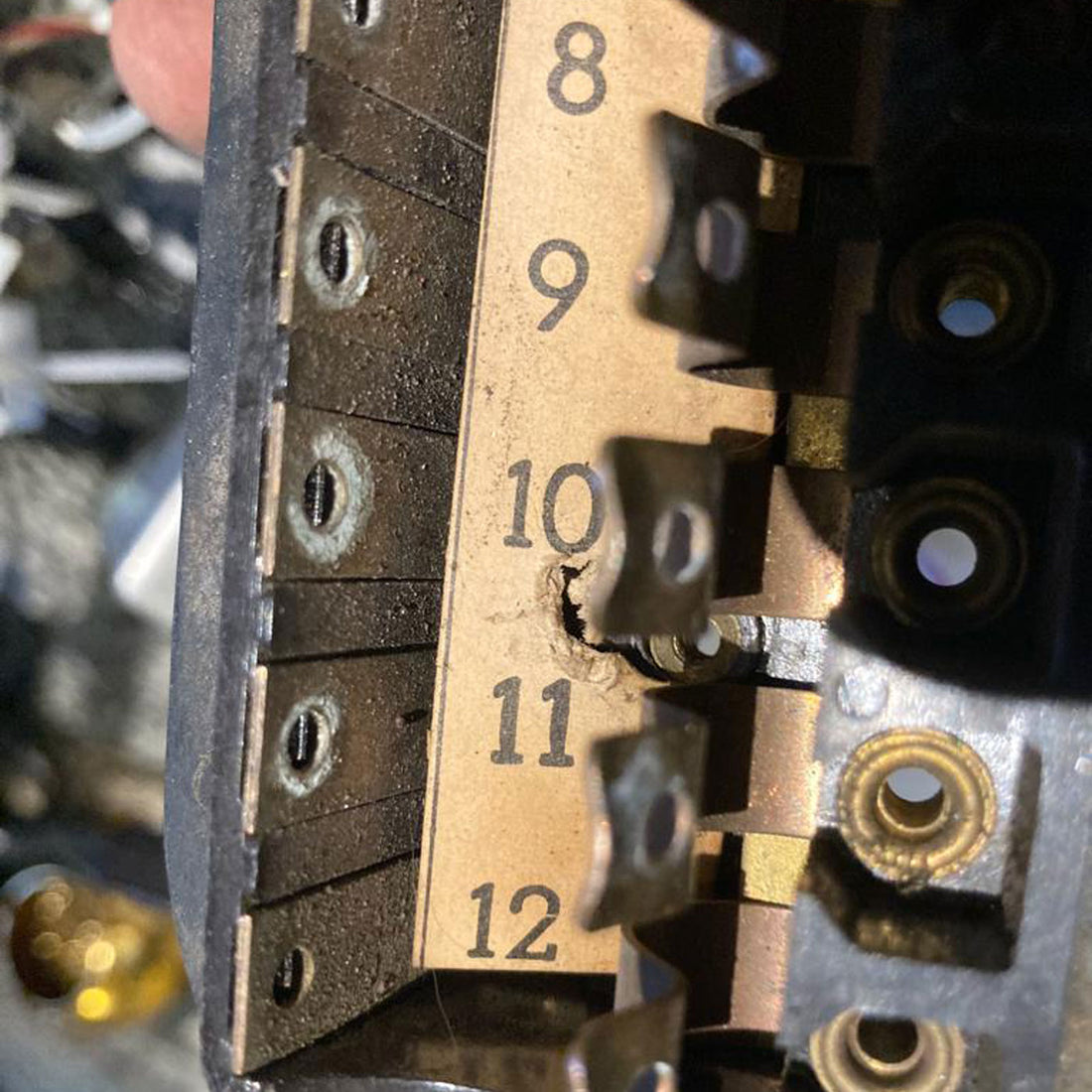
-
MAIN FUSE BOX CARE
A healthy electrical system depends also a lot on the condition of the main fuse box and fuses themself. Torpedo fuses used on classic cars tend to form galvanic corrosion on fuse box terminals. That is more frequent if fuses installed are made of dissimilar alloys (aluminum) than fuse box post, but it is non-exclusive to them as we have seen also that problem with brass filament fuses. -
Time runs relentlessly and does not forgive any component on our classic; therefore, it is very important to replace fuses even when they are not burned to assure good conductivity; and, of course, to fine sand the main fuse box terminals at the same time you complete the previous action. Any competent wiring harness restoration should pay extreme attention to this electrical system component to reach peak quality levels.
